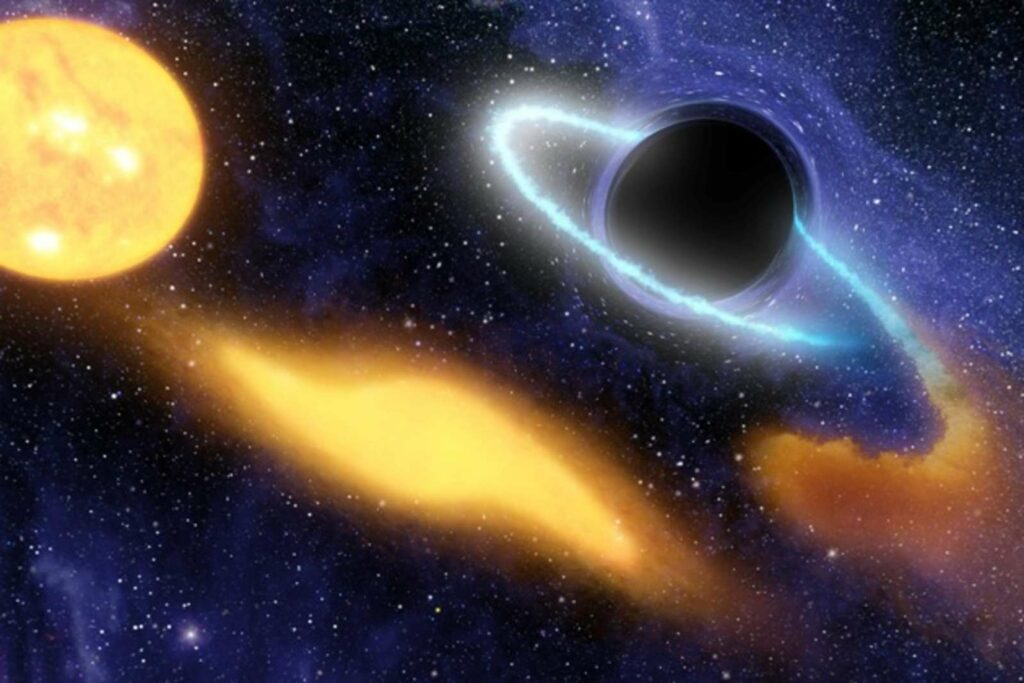A black hole is a region of spacetime where gravity is so strong that nothing can escape. Even particles or electromagnetic radiation like light can leave. According to a general relativity theory, a sufficiently compact mass can deform spacetime to form a black hole. But do you know who conceptualized the existence of a black hole?
John Michell proposed the concept of black holes in 1783, initially calling them “dark stars” and proposing a method to detect them by looking for star systems that showed the gravitational effects of two stars but only one star was visible.
The History of Black Hole
In a letter published in November 1784, English astronomical pioneer and clergyman John Michell proposed briefly the idea of a body so massive that even light could not escape it. Michell’s simplistic calculations assumed that such a body would have the same density as the sun, and he concluded that one would form when a star’s diameter exceeds the sun’s by a factor of 500, and its surface escape velocity exceeds the usual speed of light. These bodies were dubbed dark stars.
He correctly observed that such supermassive but non-radiating bodies could be detected by their gravitational effects on nearby visible bodies. Scholars at the time were initially excited by the idea that giant but invisible dark stars might be hiding in plain sight, but enthusiasm waned when the wavelike nature of light was discovered in the early nineteenth century as if light were a wave rather than a particle, it was unclear what, if any, influence gravity would have on escaping light waves. (Source: Gizmodo)
The Properties and Structure of a Black Hole
A black hole is composed of two basic components: the singularity and the event horizon. The event horizon is the point of no return around a black hole. It is not a physical surface, but rather a sphere surrounding the black hole that marks the point at which the escape velocity equals the speed of light. Its radius is the previously mentioned Schwarzschild radius.
One thing about the event horizon, once matter enters it, it falls to the center. With such strong gravity, matter squishes to a point. Into an extremely small volume with a ridiculously high density.
The singularity is the name given to this point, this is because it is vanishingly small and it has an essentially infinite density. The laws of physics are likely to break down at the singularity. Scientists are working hard to better understand what happens at these singularities, as well as how to develop a comprehensive theory that better describes what happens at the center of a black hole. (Source: NASA)
If a Black Hole is Invisible, How were They Detected in the First Place?
Black holes cannot be observed directly using telescopes that detect x-rays, light, or other forms of electromagnetic radiation. We can, however, infer the presence of black holes and study them by observing their effect on other matter in the vicinity. (Source: NASA)
